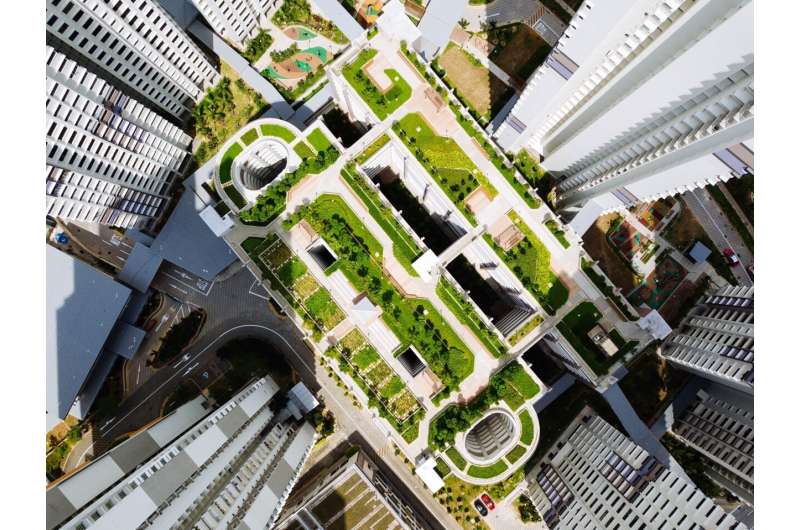
The simple fact is this – cities need to plant more trees, but they need to be selective about what trees they plant.
As cities and towns prepare for a massive influx of federal funding to support urban forestry, community leaders say the tree canopy that grows to maturity 50 years from now needs to be painted with a different species palette than the one that exists today.
“You need a tree that’s going to survive the weather of today and the climate of the future,” said Pete Smith, urban forestry program manager with the Arbor Day Foundation, a Nebraska-based nonprofit that supports tree planting and care.
Forestry experts say that trees are critical to the infrastructure needed to help cities withstand the effects of climate change. Trees provide shade, absorb stormwater, and filter out air pollution. However, in order for trees to do all that, they need to be resilient.
“We’re developing planting lists that are diverse, that look at tolerance to drought, storm events and flooding, heat, changes to the highs and lows,” said Kevin Sayers, urban forestry coordinator with the Michigan Department of Natural Resources. “The extremes in the weather are really going to limit us.”
While arborists look for trees that will thrive in the climate conditions that they’re most likely to face in the coming decades, scientists say they can’t simply count on a handful of climate “winners.” More needs to be done. For example, many cities have lost vast amounts of their tree canopy because they relied too heavily on one tree type that was later wiped out by a pathogen or pest, such as Dutch elm disease or the emerald ash borer.
“Unless we start diversifying the urban forest, we’re going to end up losing quite a bit of it again,” said John Ball, South Dakota State University Extension forestry specialist and South Dakota Department of Agriculture specialist on forest health.
Ball urges cities not to plant more than 5% of any one genus of tree, but many communities have struggled to reach the diversity goals that he and other forest health experts recommend. Foresters say it takes effort to determine which trees will grow in challenging urban conditions, and nurseries often lack the less common trees they’re looking for. That leads to more than 5% of a city or town’s trees being planted in the same genus of tree for convenience and accessibility’s sake.
Amid such challenges, cities and states are preparing to receive $1.5 billion in urban forestry funding that was approved by Congress in 2022 as part of the Inflation Reduction Act. Forestry leaders say that the newfound support will be transformative, but turning the money into a healthy tree canopy decades from now will be a complicated task.
“The pressure is on, but in a good way,” said Kesha Braunskill, urban forestry coordinator with the Delaware Forest Service. “This is a once-in-a-career opportunity for all of us in urban forestry, and how we use it is going to impact those who are in our positions 50 years from now.”
Whether community leaders will take the advice of forestry experts remains to be seen. However, the fact that support is coming in the form of government aid provides hope. As for hope, we hope you enjoyed reading this article and we look forward to bringing you more tree news you can use in the coming weeks.











